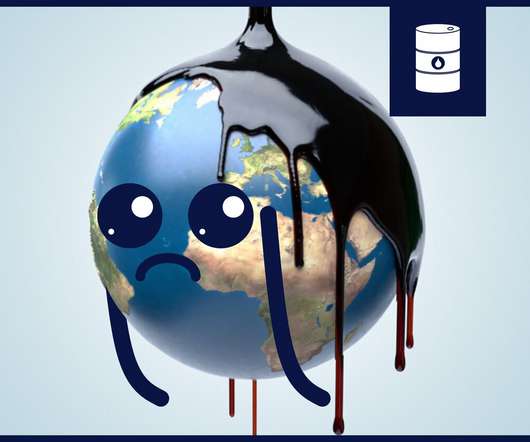COP27: A quick guide to common terms
Business Green
OCTOBER 31, 2022
This is the global temperature rise above pre-industrial levels targeted by the 2015 Paris Agreement. The hope is that limiting global warming to 1. Biodiversity. COP is the decision-making body responsible for monitoring and reviewing implementation of the UNFCCC. Energy transition. Black carbon.















Let's personalize your content